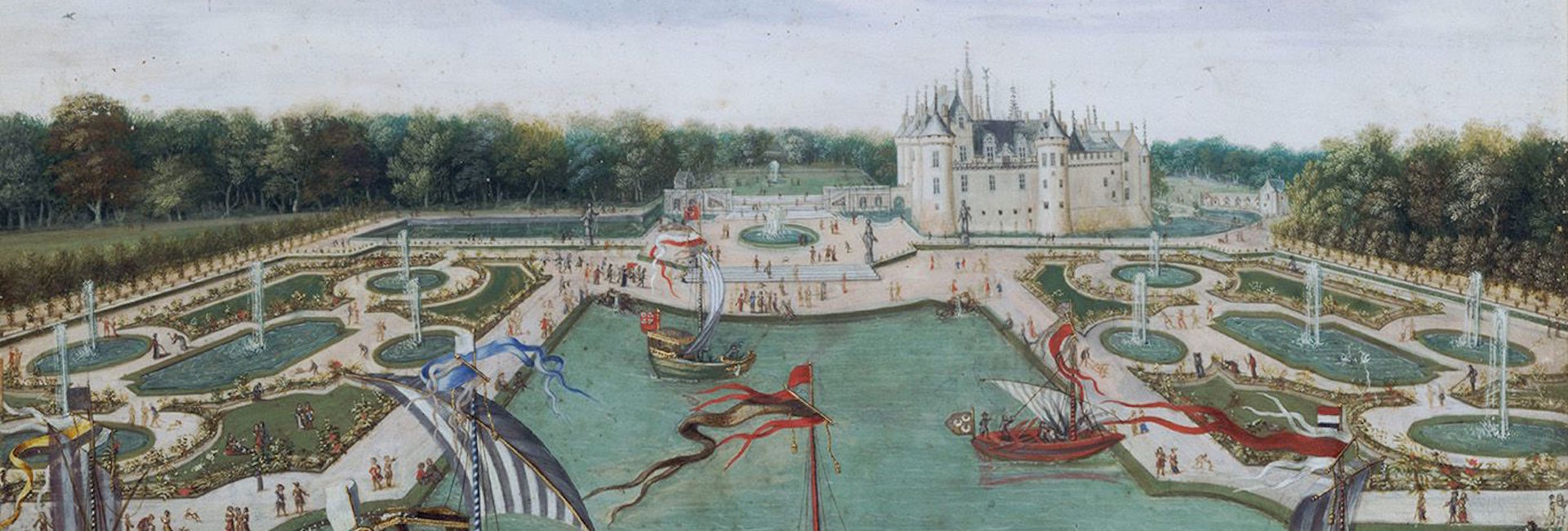Located just 25 miles north of Paris, the Domaine de Chantilly is one of the most spectacular examples of French cultural and architectural heritage. Its rich historical fabric spans from the 14th to the end of the 19th century, when it opened to the public as a museum.
Chantilly was the ancestral home of the prestigious Montmorency and Bourbon-Condé dynasties. The Petit Château was built for Constable Anne de Montmorency, childhood friend and loyal companion in arms to King Francis I, in the French Renaissance style. In the late 17th century, Prince Louis II de Bourbon-Condé – known as the Grand Condé – commissioned the formal gardens from André Le Nôtre and held festivities so extraordinary that Chantilly rivaled the court of Versailles. The 18th century brought numerous additions and enhancements including the majestic Great Stables (Grandes Écuries), the rustic Hamlet, and the neoclassical Château d’Enghien.
In 1830, Henri d’Orléans, Duke d’Aumale and son of King Louis-Philippe,inherited the Domaine de Chantilly and devoted his life to its reconstruction, restoration and embellishment. Upon his death in 1897, the Duke bequeathed to the Institut de France a considerable legacy comprising castles, gardens and parks, and the Great Stables.
